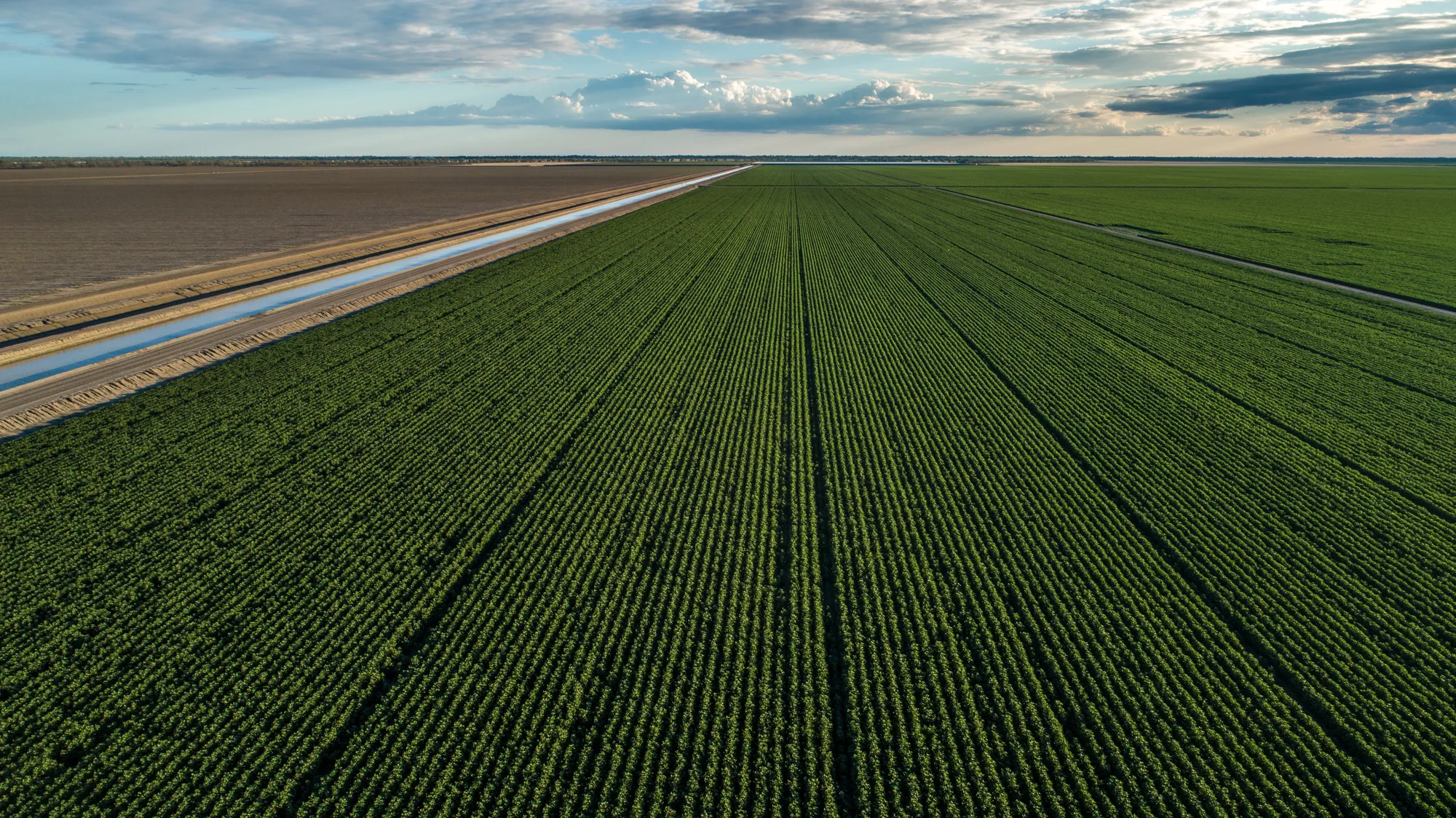Essential Strategies for Enhancing Farm Profitability in Australia
Australian agricultural operations face unprecedented challenges in today’s competitive marketplace, making effective strategies for enhancing farm profitability in Australia more critical than ever before. From rising input costs and unpredictable weather patterns to evolving consumer demands and global market pressures, farmers must adopt sophisticated approaches to maintain and improve their financial performance. At Agribusiness Horizons, we understand these complexities and work closely with agricultural operators to identify and implement profitability enhancement strategies that deliver sustainable results. If you’re seeking expert guidance to optimize your farm’s financial performance, we encourage you to contact our team for personalized consultation and strategic support.
This comprehensive guide examines proven methodologies for improving agricultural profitability across diverse farming enterprises. You’ll learn about operational efficiency improvements, revenue diversification opportunities, cost management techniques, and strategic planning approaches that successful Australian farmers use to maximize their returns. We’ll also explore how technology integration, sustainable practices, and market positioning can contribute to long-term financial success in the agricultural sector.
Understanding Australia’s Agricultural Profitability Landscape
Australia’s agricultural sector operates within a unique economic environment characterized by vast geographical diversity, variable climatic conditions, and strong export orientation. The country’s farming enterprises range from extensive pastoral operations in the outback to intensive horticultural ventures in coastal regions, each facing distinct profitability challenges and opportunities.
Recent developments in global commodity markets have created both opportunities and pressures for Australian farmers. Export demand remains strong for many agricultural products, particularly from Asian markets, while domestic consumption patterns continue to evolve toward premium and sustainably produced goods. These market dynamics require farmers to adopt sophisticated strategies for enhancing farm profitability in Australia that address both immediate financial pressures and long-term competitiveness.
The regulatory environment also plays a significant role in shaping profitability strategies. Environmental regulations, water allocation policies, and food safety requirements create compliance costs but also opportunities for farmers who can effectively navigate these requirements while maintaining operational efficiency. Understanding these contextual factors is essential for developing effective profitability enhancement approaches.
Core Profitability Enhancement Strategies
Operational Efficiency Optimization
Maximizing operational efficiency represents one of the most direct paths to improved profitability. This involves systematic evaluation of all farm operations to identify inefficiencies, eliminate waste, and optimize resource utilization. Successful farmers regularly conduct comprehensive operational audits, examining everything from machinery utilization rates to labor productivity and input application timing.
Modern precision agriculture technologies offer unprecedented opportunities for efficiency improvements. GPS-guided machinery, variable rate application systems, and automated monitoring equipment can significantly reduce input costs while improving productivity. These technologies enable farmers to apply fertilizers, pesticides, and water precisely where needed, reducing waste and environmental impact while maintaining or improving yields.
Labor management also plays a crucial role in operational efficiency. Implementing effective training programs, optimizing work scheduling, and investing in ergonomic equipment can improve worker productivity and reduce turnover costs. Many successful operations have found that investing in employee development and retention strategies pays significant dividends in improved operational performance.
Revenue Diversification and Value Addition
Diversifying revenue streams provides stability and growth opportunities that single-commodity operations often lack. This approach to strategies for enhancing farm profitability in Australia involves identifying complementary enterprises that can utilize existing resources while spreading risk across multiple income sources.
Value-added processing represents a particularly attractive diversification opportunity. Converting raw agricultural products into processed goods can capture additional margins while reducing dependence on commodity price fluctuations. Examples include on-farm processing of meat products, value-added dairy products, or specialty food items that command premium prices in niche markets.
Agritourism and educational services offer another avenue for revenue diversification. Farm stays, agricultural tours, and educational programs can generate additional income while promoting agricultural awareness and building customer relationships. These activities often require minimal additional infrastructure while providing marketing benefits for primary agricultural products.
Cost Management and Input Optimization
Effective cost management goes beyond simple cost reduction to focus on optimizing the relationship between inputs and outputs. This requires detailed understanding of production costs, careful monitoring of input prices, and strategic timing of purchases to take advantage of favorable market conditions.
Bulk purchasing arrangements and cooperative buying programs can significantly reduce input costs. Many successful farmers participate in buying groups that negotiate favorable terms with suppliers, reducing costs for fertilizers, chemicals, and other essential inputs. These arrangements also provide access to technical expertise and market information that individual operators might not otherwise obtain.
Energy management represents another significant opportunity for cost optimization. Implementing energy-efficient equipment, optimizing irrigation scheduling, and considering renewable energy options can substantially reduce operating costs while improving environmental sustainability. Many operations have found that initial investments in energy efficiency pay for themselves through reduced ongoing costs.
Technology Integration for Enhanced Profitability
Digital technologies are revolutionizing agricultural operations, providing new tools for improving efficiency, reducing costs, and optimizing decision-making. Farm management software systems enable comprehensive tracking of inputs, outputs, and financial performance, providing the data needed for informed decision-making.
Precision agriculture technologies continue to evolve, offering increasingly sophisticated capabilities for optimizing crop production. Satellite imagery, drone surveillance, and soil sensors provide detailed information about crop conditions, enabling targeted interventions that maximize productivity while minimizing input costs. These technologies are particularly valuable for implementing strategies for enhancing farm profitability in Australia across large-scale operations.
Automated systems for livestock management, irrigation control, and crop monitoring can reduce labor requirements while improving consistency and timing of management interventions. These systems often provide rapid return on investment through reduced labor costs and improved operational efficiency.
Sustainable Practices and Environmental Stewardship
Sustainability practices increasingly contribute to farm profitability through improved efficiency, reduced input costs, and access to premium markets. Soil health improvement programs, for example, can reduce fertilizer requirements while improving crop yields and resilience to adverse weather conditions.
Water management optimization not only reduces costs but also improves drought resilience and regulatory compliance. Implementing efficient irrigation systems, water recycling programs, and drought-resistant crop varieties can significantly improve profitability while reducing environmental impact.
Carbon farming and biodiversity programs offer new revenue opportunities through environmental service payments. These programs can provide additional income streams while improving long-term sustainability and potentially reducing regulatory compliance costs.
Market Positioning and Strategic Planning
Effective market positioning requires understanding customer needs, competitive dynamics, and value propositions that differentiate agricultural products in the marketplace. This involves developing clear branding strategies, identifying target markets, and building relationships with buyers who value quality and consistency.
Direct marketing channels often provide higher margins than commodity sales, though they require different skills and resources. Farmers’ markets, online sales platforms, and direct-to-consumer programs can capture additional value while building customer relationships and brand recognition.
Long-term strategic planning ensures that profitability enhancement efforts align with broader business objectives and market trends. This includes succession planning, infrastructure development, and market positioning strategies that support sustainable growth over time.
Comparison of Profitability Enhancement Approaches
| Strategy Category | Implementation Complexity | Investment Required | Payback Period | Risk Level |
|---|---|---|---|---|
| Operational Efficiency | Moderate | Low to Moderate | Short to Medium | Low |
| Technology Integration | High | Moderate to High | Medium to Long | Moderate |
| Revenue Diversification | Moderate to High | Moderate to High | Medium to Long | Moderate to High |
| Cost Management | Low to Moderate | Low | Short | Low |
| Sustainable Practices | Moderate | Low to Moderate | Medium to Long | Low to Moderate |
| Market Positioning | Moderate to High | Low to Moderate | Medium | Moderate |
How Agribusiness Horizons Supports Farm Profitability Enhancement
At Agribusiness Horizons, we recognize that implementing effective strategies for enhancing farm profitability in Australia requires specialized expertise and comprehensive support. Our team works closely with agricultural operators to identify opportunities for improvement, develop implementation plans, and provide ongoing guidance throughout the optimization process.
Our strategic advisory services include comprehensive operational assessments, financial analysis, and market positioning strategies tailored to each client’s specific circumstances. We leverage our extensive industry knowledge and network of relationships to identify opportunities that might not be apparent to individual operators.
Through our valuation and financial analysis services, we help clients understand the financial implications of various profitability enhancement strategies. This includes detailed cost-benefit analysis, risk assessment, and financial modeling that supports informed decision-making about investments in efficiency improvements, technology adoption, and market development initiatives.
Our water rights and natural capital advisory services are particularly valuable for operations seeking to optimize resource utilization and access new revenue streams through environmental service programs. We help clients navigate regulatory requirements, identify funding opportunities, and develop implementation strategies that maximize both financial and environmental benefits.
Emerging Trends and Future Opportunities
The agricultural sector continues to evolve, creating new opportunities for profitability enhancement. Precision agriculture technologies are becoming more sophisticated and accessible, while consumer demand for sustainably produced food continues to grow. These trends create opportunities for farmers who can effectively adapt their operations to meet changing market demands.
Climate adaptation strategies are becoming increasingly important for long-term profitability. This includes developing drought-resistant production systems, implementing water conservation measures, and diversifying into climate-resilient enterprises. Farmers who proactively address climate risks often find competitive advantages in their ability to maintain production during adverse conditions.
Digital marketing and e-commerce platforms are expanding opportunities for direct sales and premium pricing. Social media marketing, online sales platforms, and digital customer relationship management tools enable farmers to reach new markets and build stronger customer relationships than traditional marketing approaches allow.
The integration of artificial intelligence and machine learning technologies promises to further enhance decision-making capabilities and operational efficiency. These technologies can optimize everything from planting schedules to harvest timing, providing increasingly sophisticated support for profitability enhancement efforts.
Conclusion
Successfully implementing strategies for enhancing farm profitability in Australia requires a comprehensive approach that addresses operational efficiency, revenue optimization, cost management, and strategic positioning. The most successful agricultural operations combine traditional farming expertise with modern technology, sustainable practices, and sophisticated business management techniques.
The complexity of modern agricultural markets and the pace of technological change make it increasingly difficult for individual operators to identify and implement all available opportunities for profitability enhancement. Professional guidance and support can significantly accelerate the implementation process while reducing risks and maximizing returns on investment.
As you consider your own profitability enhancement strategies, ask yourself: What untapped opportunities exist within your current operation that could significantly improve financial performance? How might emerging technologies and market trends create new possibilities for revenue growth and cost reduction? What partnerships or professional relationships could provide the expertise and support needed to implement sophisticated profitability enhancement strategies?
The agricultural sector’s future belongs to operators who can effectively combine traditional farming knowledge with modern business practices and technologies. By taking proactive steps to enhance profitability today, you position your operation for sustained success in an increasingly competitive marketplace. Contact Agribusiness Horizons today to discuss how our expertise and comprehensive support services can help you develop and implement effective strategies for enhancing farm profitability in Australia that deliver measurable results for your agricultural enterprise.



